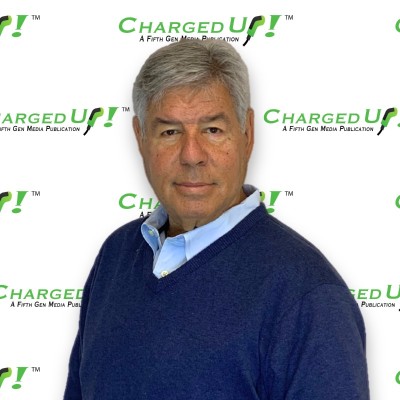EV vs. Gas Costs: It’s All About Where (and How) You Charge for EV Charging
- Rich Berliner

- 2 hours ago
- 4 min read
The New York Times Upshot’s state-by-state breakdown of EV charging costs confirms what many of you see on the ground: home charging is almost always the cheapest way to drive an EV, hybrids come next, and public DC fast charging (DCFC) is often the most expensive—unless you’re in a few lucky states. That mix, plus local gas and electricity prices, explains why driver behavior (and your utilization) can look totally different in Seattle vs. St. Louis vs. Miami.
Three takeaways for operators & landlords
Costs are local—and drivers act accordingly.
Per-100-mile EV-home costs run from $3.57 in Idaho to $12.32 in Hawaii, yet home still beats gas everywhere in the dataset. In cheap-power states, drivers feel “fuel is nearly free at home,” so DCFC is used for speed or road trips. In expensive-power states, home still wins because gas is even pricier—but drivers become value shoppers, stacking home charging with workplace or retail L2. Your sites perform best when pricing and amenities match the local “fuel stack.”
DCFC is the swing factor you must actively manage. Only Washington (and essentially Oregon/California at parity) make DCFC competitive with gas. Elsewhere, DCFC is typically $2–$5/100 miles more than gasoline. That gap isn’t a death sentence—it’s a design brief. Member pricing, off-peak incentives, power sharing, battery buffering, and ruthless uptime reposition DCFC as a premium convenience that sells time saved, not cheap electrons.
Level 2 is your loyalty engine.
The NYT model doesn’t count free/low-cost L2 at work, apartments, hotels, or retail. In dense metros, L2 often covers 80–90% of energy at a perceived cost below home, which frees DCFC to focus on margin-rich, time-sensitive sessions. Treat L2 like an amenity that anchors tenancy and dwell; treat DCFC like a speed product that earns a premium when the experience is flawless.
The spread is huge—and explains consumer behavior
Drivers respond to what their wallets feel. In hydro/low-rate states, home power is so cheap that even paid DCFC can compete on convenience. On the coasts—where both power and gasoline are expensive—home remains the everyday winner while DCFC hovers near parity and succeeds when it’s fast, clean, and easy. In parts of the Southeast and Plains, cheap gas + higher DCFC pushes drivers to maximize home/L2 and treat fast charging as a “need-it-now” purchase. That’s why your most reliable throughput comes from destination fast hubs in high-value metros and workplace/multifamily L2 in value markets.
Quick view: the national spread
Assumptions: 25-mpg gas, 52-mpg hybrid, EV 0.30 kWh/mi; AAA gas (Aug ’25), EIA home power (May ’25), Paren DCFC (≥4 ports, ≥100 kW). U.S. averages: home $5.26, hybrid $6.15, gas $12.80, DCFC $15.62 per 100 miles.
High-density state snapshots (from the dataset)
California: Home is $10.52 and still $7.48 cheaper than gas per 100 miles. DCFC sits at parity (+$0.02), which means the experience decides: zero queuing, spotless restrooms, lighting/security, and retail validation turn parity into preference.
New York: Home at $8.01 beats gas by $4.67, but DCFC is +$2.94 vs. gas. Urban drivers will lean on home + workplace L2, using DCFC when time matters. Membership tiers and off-peak pricing keep you in the consideration set.
Massachusetts: Home $8.99 is $3.29 better than gas; DCFC is +$2.74. Treat DCFC as a premium convenience for errands and road-trip top-ups while building apartment/office L2 as the everyday workhorse.
New Jersey: Home $6.15 and –$6.09 vs. gas is compelling; DCFC +$3.08 requires retailer tie-ins (validation, coupons) and clear “as low as” member rates to feel fair.
D.C.: Home $6.05 is –$7.19 vs. gas, but DCFC +$5.08 is punishing. Double down on workplace L2 and position DCFC as a premium time-saver with ironclad uptime and easy payment.
Quick view: dense-market examples
What to build next
Segment your portfolio by fuel stack (cheap-power NW, coastal high-everything, value markets). Use L2 to capture dwell and loyalty; use DCFC to sell minutes saved—and narrow its cost gap with power sharing, battery buffers, right-sized cabinets, member/off-peak pricing, and 97–99% uptime. Standardize designs (leases, one-lines, ADA, wayfinding, MTTR playbooks) so you can repeat what works—fast.






Comments